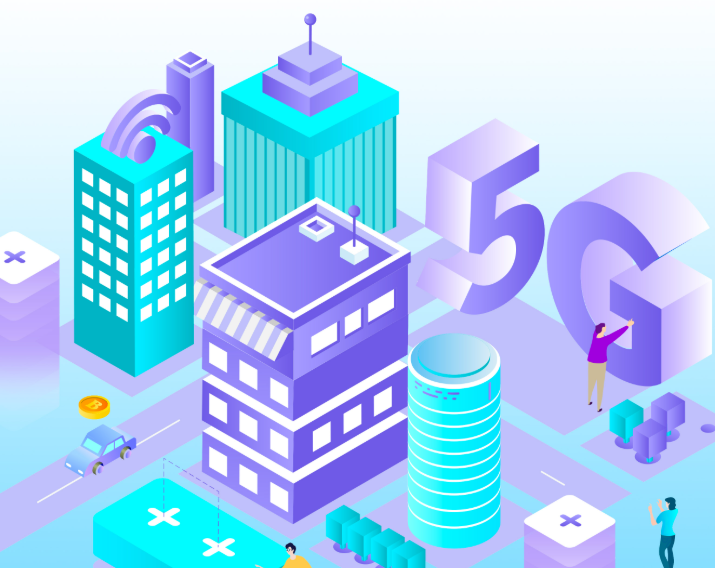SEARCH
— 葡萄酒 | 威士忌 | 白兰地 | 啤酒 —
— 葡萄酒 | 威士忌 | 白兰地 | 啤酒 —

Throughout human civilization, the advancement of information transmission has always driven epochal progress—from primitive gestures and smoke signals to watchtowers in ancient Chang’an. Yet the most revolutionary leap came with electromagnetic waves, which enabled wireless communication technology to bridge geographical divides, connecting cities, continents, and even the cosmos. While speed improvements often dominate public perceptions, 5G offers broader transformative impacts like low energy consumption, reduced space requirements, scalability, and adaptability across industries.
In the 1980s, 1G cellular networks debuted, with each subsequent decade introducing a new generation (2G, 3G, 4G), reshaping lifestyles and human-device interactions. On June 6, 2019, China’s Ministry of Industry and Information Technology (MIIT) issued 5G commercial licenses to major telecom operators, positioning China as a global leader. By late 2019, 34 countries had launched 5G services. China, once a laggard in early mobile generations, now leads in 5G standards and patents, holding nearly 40% of global 5G essential patent families. By September 2021, China had over 430 million 5G connections, with a 27% user penetration rate.
For users, 5G’s most noticeable enhancement is its staggering theoretical speeds: up to 20 Gbps downlink and 10 Gbps uplink—compared to 4G’s 100 Mbps downlink and 50 Mbps uplink. According to Shannon’s theorem, increasing bandwidth and signal-to-noise ratio (SNR) boosts data rates. 5G achieves this by utilizing higher frequency ranges (3–6 GHz) and advanced antenna arrays with beamforming technology, enabling precise signal directionality and spectral efficiency improvements. Metaphorically, 4G resembles “country roads,” while 5G operates as a “highway” in terms of capacity and speed.
Beyond fast speeds, 5G revolutionizes human-to-machine and machine-to-machine communication, enabling the Internet of Everything. The International Telecommunication Union (ITU) defines three core 5G scenarios: Enhanced Mobile Broadband (eMBB), Ultra-Reliable Low-Latency Communications (uRLLC), and Massive Machine-Type Communications (mMTC). China has over 20,000 5G use cases spanning 15 of 20 major economic sectors.Key applications include:
Despite progress, 5G adoption faces hurdles in cross-industry coordination, technological R&D, and scalable solutions. China emphasizes systemic strategies:
5G represents not just a speed boost but a foundational shift in connectivity, driving innovation across sectors and redefining the boundaries of human-machine interaction.
Mo